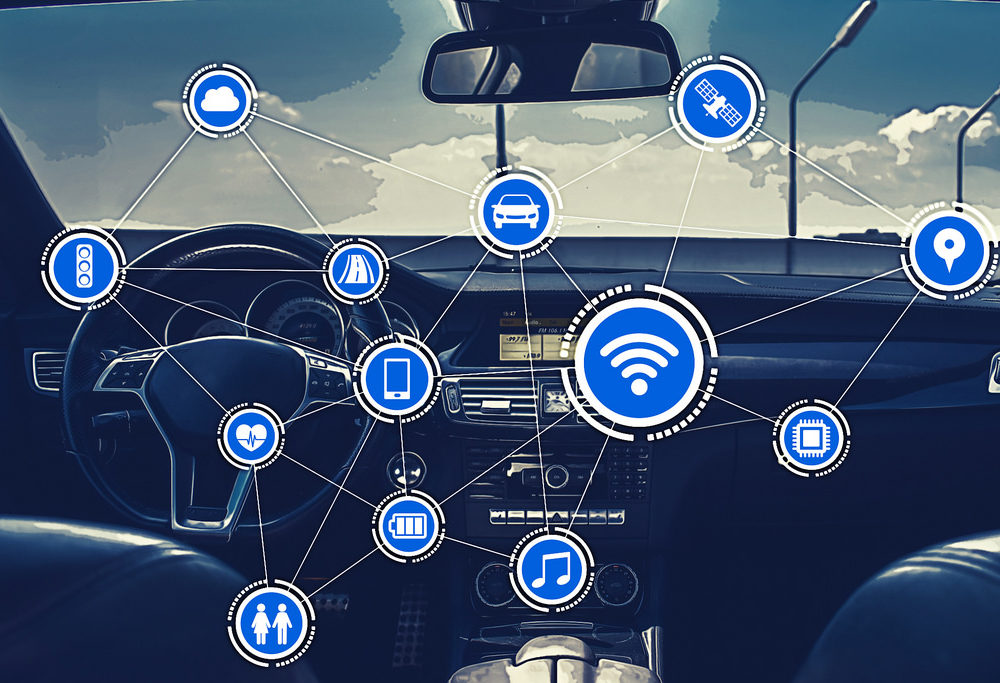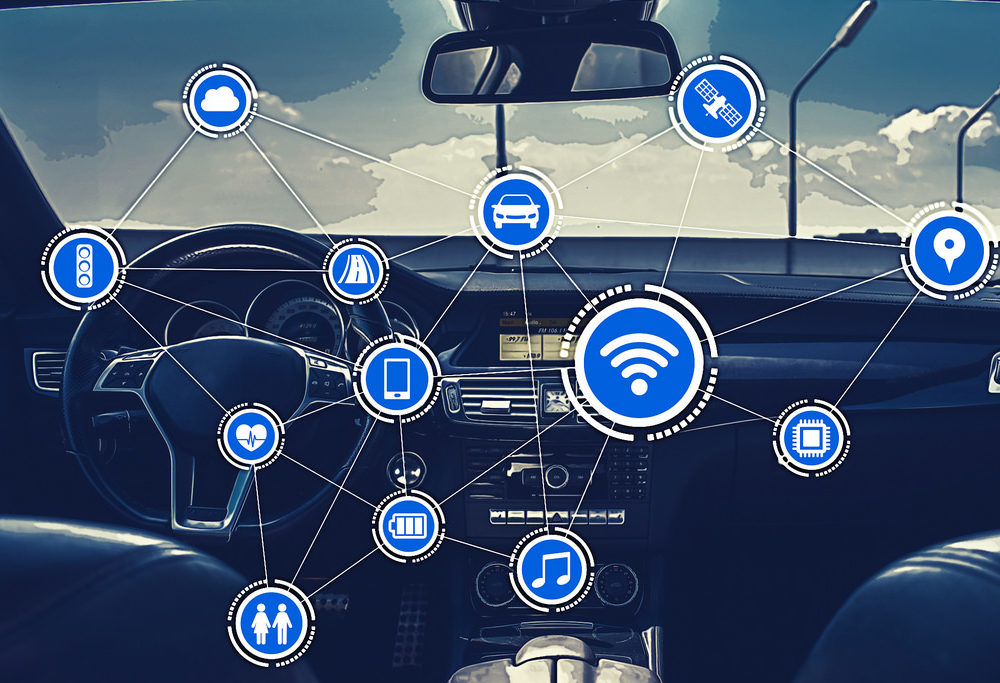IoT and Payments: A New Normal of Touchless Connected Experiences
A gargantuan wave of online and contactless transactions was already en route when the COVID-19 pandemic broke its arrival early. Countless consumers have suddenly and aggressively shifted focus towards touchless payments – a technology made possible by IoT or the Internet of Things.

Brief Note on IoT
Given how tech-savvy the world has become, many of you must come across the term IoT in multiple articles and write-ups. Allow us to elucidate its meaning through an example. Imagine your printer ordering ink when it’s running low or your refrigerator placing an order for green groceries when it’s time.
Think of an IoT device like your smart assistant that can buy movie tickets, schedule doctor’s appointments, switch off electric equipment left on unintentionally, and much more. Now, imagine an entire network or IoT devices working in tandem, communicating with each other through the internet.
IoT is not a novel technology but an ideology – a carefully thought out application of the internet that is of great help for autonomous orders and contactless payments.
How Do IoT Payments Work?
Devices perform IoT payments with the help of pre-fed data and algorithms. How does this manifest? A pre-programmed IoT enabled appliance or apparatus orders relevant goods and services without any human intervention – complete from taking count of what’s needed to placing an order to making the payment.
Such devices take charge of a host of menial tasks, freeing your precious time for other functions. IoT payments come with a series of benefits that include the following:
- IoT payments ensure physical distancing. They minimize human contact, which is the need of the hour. This can help enable touchless parking, minimizing the spread of disease from parking lots.
- IoT-enabled devices also curb the time spent for you to make a payment. A report by Visa reveals that customers end up spending over 32 hours annually on cash-related payments, which is reduced to 24 hours per year when digital payments hit the scene.
- Further, analyzing data from IoT payments can allow sellers to study consumer habits. Doing this can help them offer more personalized products and services.
- The entire IoT system, including payments, offers immense convenience as not just payments but also timely ordering is taken care of.
While these advantages are tangible, there is also a pressing concern for data security here. However, IoT payments are incredibly safe as they are stored in a central server with end-to-end encryption.
IoT Payment Use Cases
IoT payments are not all talk! Various organizations are already harnessing its potential, especially within the retail sector. Here are a few of them:
- 7-Eleven is already testing a cashier-less store concept. This store will deploy an app that lets buyers walk into the shop, pay for products digitally, and collect receipts.
- Samsung has introduced Family Hub that lets customers order groceries or take-out while inside their kitchen – with payments integrated with the fridge.
- Amazon Go is an IoT-enabled store where buyers don’t even need to check out their purchases. They can walk inside the store, grab the necessary items, and walk out. The store deducts payments automatically through the Amazon Go app, which creates a virtual cart of the items bought.
The Scope of IoT in the Automotive Industry
According to a study by Statista, almost 28.5 million connected cars were bought in 2019. Connected vehicles are soon becoming a roaring trend in the IoT payments sector. Such vehicles have in-car payment options driven by IoT tech, allowing drivers and riders to pay on the go without using debit or credit cards.
The integration of IoT payments and vehicles ensures a safe environment during the pandemic and even beyond.
For instance, connected cars can eventually streamline the process of refueling. How? A connected vehicle can spot a petrol pump on its own, turn on the pump, and make the payment without the driver getting out of their car.
And, It’s a Wrap
There isn’t an iota of doubt that IoT harbors the potential to transform the payment landscape across industries. Be it the retail, automotive, or finance sector, IoT-driven intelligent ordering, and touchless payments will lead to cashless societies in the near future.

